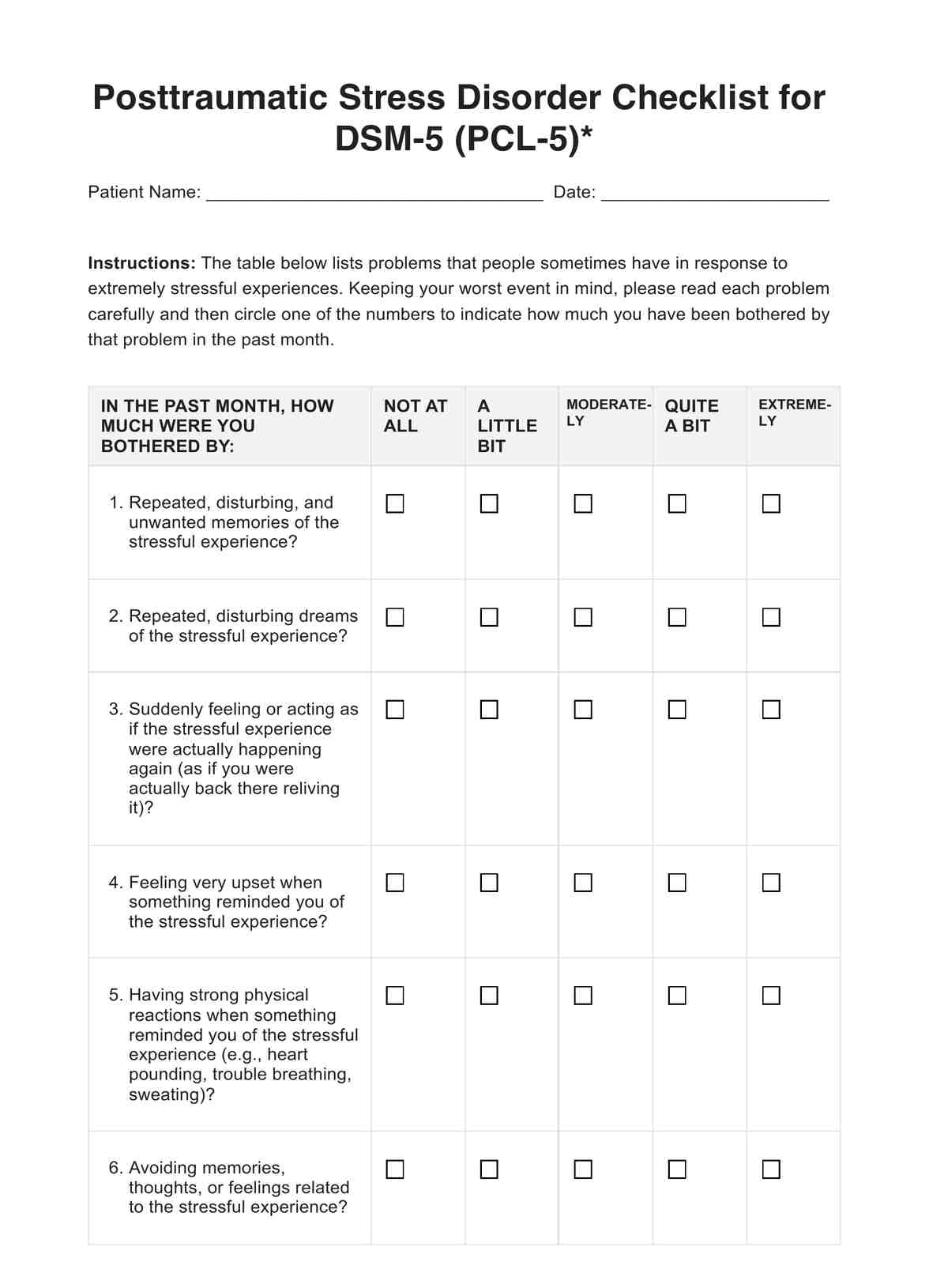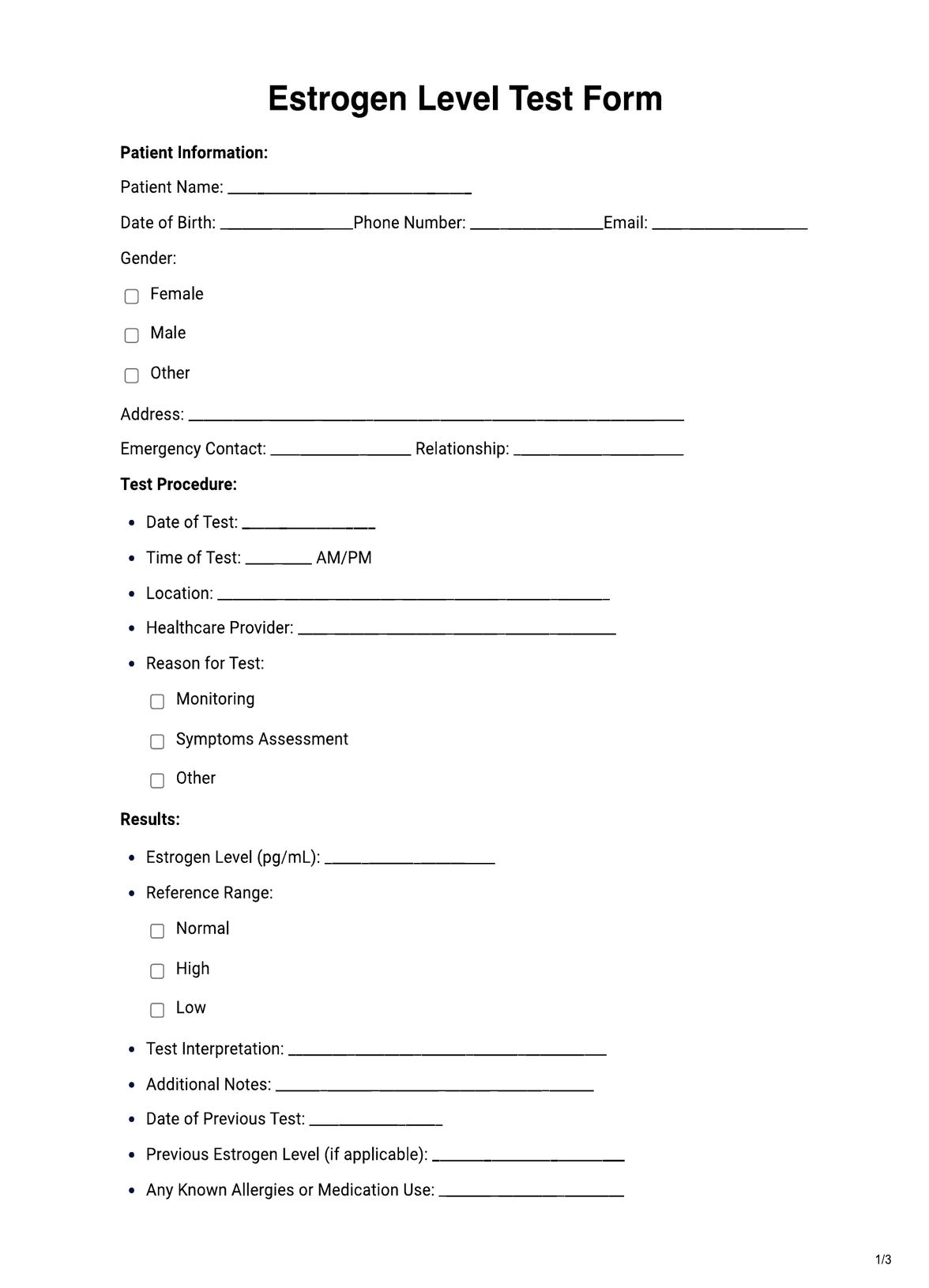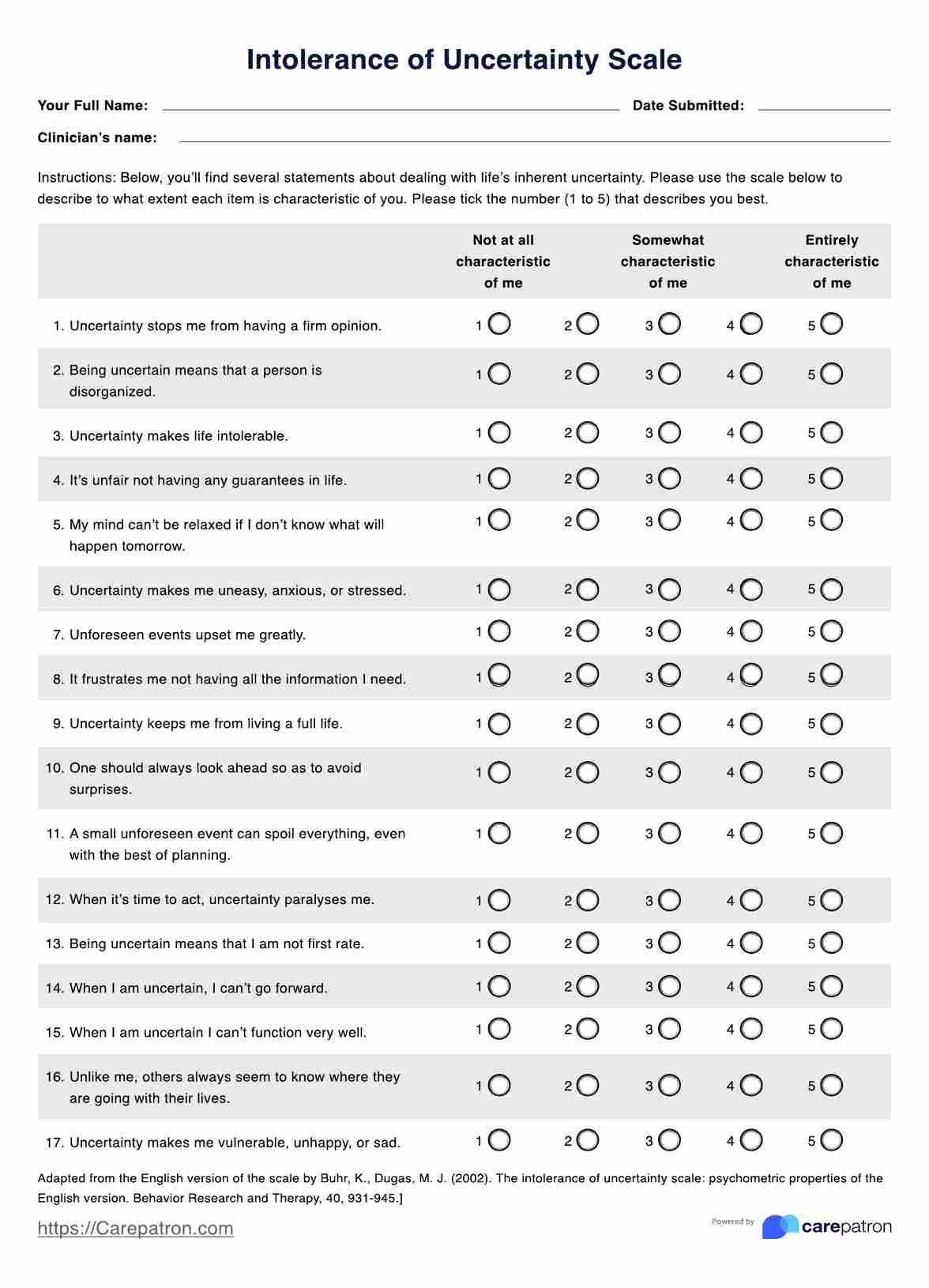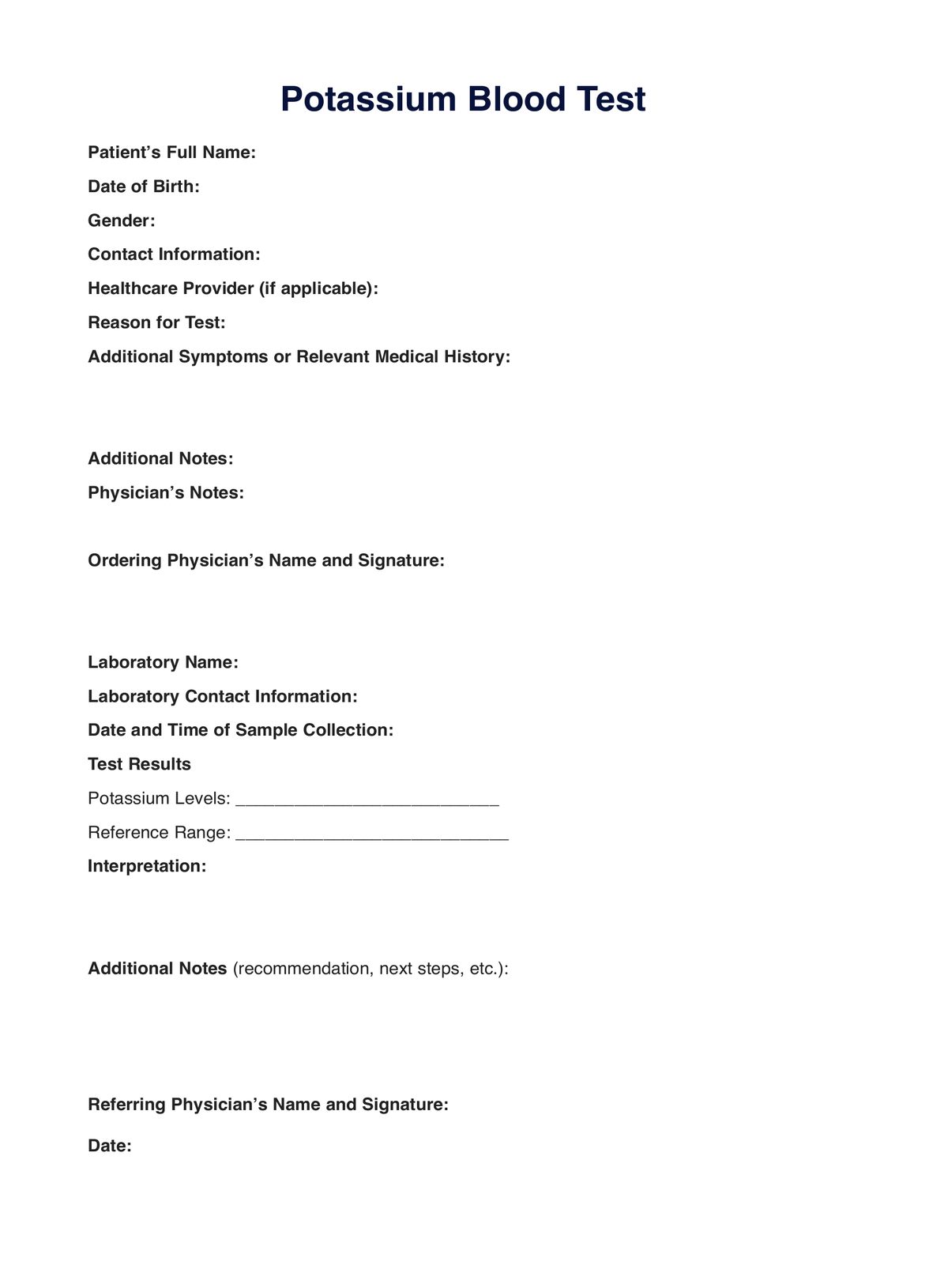Sensory Assessment Checklist
Get our free Sensory Assessment Checklist to identify clients' sensory processing challenges, improve sensory integration, and support daily activities.


What is a Sensory Assessment Checklist?
A Sensory Assessment Checklist is a tool for understanding how individuals process and respond to sensory input from their environment. Sensory processing involves multiple systems that help interpret stimuli such as touch, sound, and movement. These systems influence daily interactions, from fine motor tasks like writing to social behaviors like making friends.
Some individuals, particularly children, may experience challenges in sensory processing, leading to sensory processing disorder. This condition can cause difficulties in regulating responses to stimuli, often resulting in sensory seeking behaviors or aversions to specific sensations. While some children thrive in constant motion or enjoy messy play, others may struggle with certain clothing textures, different textures in food, or uneven surfaces when walking.
Since sensory processing issues vary widely, identifying them can be complex. To assist caregivers and practitioners, the sensory checklist categorizes sensory responses based on different systems, such as the proprioceptive system, vestibular dysfunction, and tactile dysfunction. By evaluating a child's sensory needs, an occupational therapist can determine whether interventions like a sensory diet or sensory breaks may be beneficial.
The checklist typically examines sensory responses across various systems:
- Auditory system (sound sensitivity)
- Gustatory system (taste and food preferences)
- Interoceptive system (internal body signals like body temperature)
- Olfactory system (smell sensitivities)
- Proprioceptive system (awareness of body position and body movements)
- Tactile system (clothing preferences, touch sensitivity)
- Vestibular system (inner ear balance, movement coordination)
- Visual system (sensitivity to light and visual stimuli)
The Sensory Assessment Checklist allows healthcare providers to identify a child's sensory preferences and challenges and tailor intervention strategies. This tool helps create a supportive environment by addressing sensory triggers and encouraging appropriate physical activities.
Practitioners can collaborate with a child's teacher and caregivers to implement strategies that promote comfort and engagement, such as modifying appropriate clothing choices or incorporating sensory activities into daily routines.
Sensory Assessment Checklist Template
Sensory Assessment Checklist Example
How does the Sensory Assessment Checklist work?
As a preliminary, non-diagnostic resource, the checklist can be used as a milestone or developmental document that can be kept for pediatric records. To show you how this resource operates in practice, we have broken down the process into the following steps:
Step 1: Access the checklist
Click "Use template" on this page to open the checklist template in the Carepatron app's template editor. This editor lets you customize the template before printing or filling it out. You can also get a ready-to-use PDF by clicking "Download."
Step 2: Become familiar with the resource
The checklist works by viewing the client's behavior and ticking off observed items. Additionally, there is space to make notes for specific sensory responses; for example, if a child does not like noisy places, a caregiver may note that this is most experienced in large crowds.
Step 3: Use during consultation
During consultations or developmental visits, it is essential to discuss the client's current developmental milestones and sensory preferences. This may involve reviewing the client's records and discussing any sensory experiences requiring further appraisal. Introduce the checklist by explaining its purpose, the importance of tracking sensory symptoms, and how to use it.
Step 4: Review the checklist
After the assessment, review the checklist items for patterns where the client reacts negatively or is more sensory-seeking towards specific inputs. Discuss these with the caregiver to gain further insight and document any symptoms or comments.
Step 5: Conduct further assessment
If the client demonstrates sensitivities, conducting further assessments to diagnose a sensory processing disorder and develop a unique sensory profile may be beneficial. This may involve completing a sensory profile questionnaire or a sensory processing disorder checklist.
When should a Sensory Assessment Checklist be conducted?
While not a standardized diagnostic tool, our Sensory Assessment Checklist is based on assessment methods, such as the Sensory Profile (Dunn, 1999), which looks into how sensory processing patterns impact daily functioning. It also supports the Ayres Sensory Integration (ASI) framework (Ayres, 1972), which underscores the importance of sensory input in motor planning and coordination.
Although a sensory system assessment can be helpful in various situations, the following scenarios highlight when completing one may be most beneficial:
Preliminary sensory processing disorder assessment
The Sensory Assessment Checklist can provide preliminary insights into one's sensory system, identifying whether they are under-responsive or overly sensitive to sensory input. Recognizing these responses early can prompt further evaluation for sensory processing disorder and guide interventions tailored to the individual's needs.
Devising a sensory profile
By analyzing information from the completed checklist along with caregiver observations, health practitioners can generate a sensory profile. This helps them understand how an individual processes sensory input, such as reactions to certain textures, foods, or light touch. Identifying these preferences and sensitivities provides valuable insight into how sensory processing affects daily life and functional activities.
Informing strategies
Completing the checklist allows health practitioners to develop personalized strategies for sensory support. For example, children who are sensory seekers or those experiencing gravitational insecurity may benefit from structured sensory breaks to regulate energy levels. Additionally, a child who is a picky eater due to sensitivity to certain textures may require gradual exposure strategies to expand their food preferences.
Addressing social and behavioral concerns
Sensory processing challenges can impact social interactions. Those who struggle with sensory input may be easily distracted, struggle with group activities, or experience difficulty making friends due to sensory sensitivities. Observing responses to different sensory stimuli can help caregivers and educators support social engagement and inclusion, among others.
Who may use this checklist?
The Sensory Assessment Checklist PDF is an invaluable tool that is designed for a range of pediatric health practitioners, which may include:
Child psychologists
Child psychologists may use this checklist to assess sensory preferences and develop strategies to support sensory processing. This may include helping client regulate their emotions when encountering overwhelming oral sensory input or addressing difficulties with sensory integration to improve their daily functioning.
Occupational therapists
An occupational therapist can use the checklist to identify a child’s sensory abilities and preferences, enabling them to tailor interventions. This includes recommending environmental adjustments and structured activities to support sensory development across different categories of sensory processing. These strategies help improve the child’s ability to navigate everyday tasks and challenges.
Parents and caregivers
Parents and caregivers can use the checklist to observe and better understand their child's sensory processing patterns and symptoms. This insight allows them to implement appropriate support strategies, such as accommodating clothing preferences for children sensitive to certain textures. Recognizing signs of sensory seeking or avoidance can also help create a sensory-friendly home environment.
Pediatricians
Pediatricians may use this checklist as a preliminary tool to identify early signs of sensory processing disorder or related difficulties. Early identification enables timely interventions and access to professional support, leading to better long-term outcomes for children and their families.
Physical therapists
Physical therapists may use this resource to help identify challenging motor skills and physical functioning areas. These may include difficulty processing vestibular input, for which a physical therapist may introduce specific physical activities involving body movements to enhance the vestibular system and body awareness.
References
Ayres, A. J. (1972). Sensory integration and learning disorders. Western Psychological Services.
Dunn, W. (1999). The sensory profile: User’s manual. Psychological Corporation.
Commonly asked questions
The Sensory Assessment Checklist is a preliminary procedure for identifying sensory processing preferences, patterns, and sensitivities. It helps healthcare practitioners, such as occupational therapists, educators, and caregivers, identify a client's strengths and challenges, which can be used to devise intervention plans, activities, and strategies.
The checklist is most typically administered as a recommendation by health professionals involved in pediatric care, such as pediatricians and physical therapists.
The Sensory Assessment Checklist is typically administered for children, with an infant to toddler range (7 to 35 months) and a child to adolescent range (3 to 14 years).


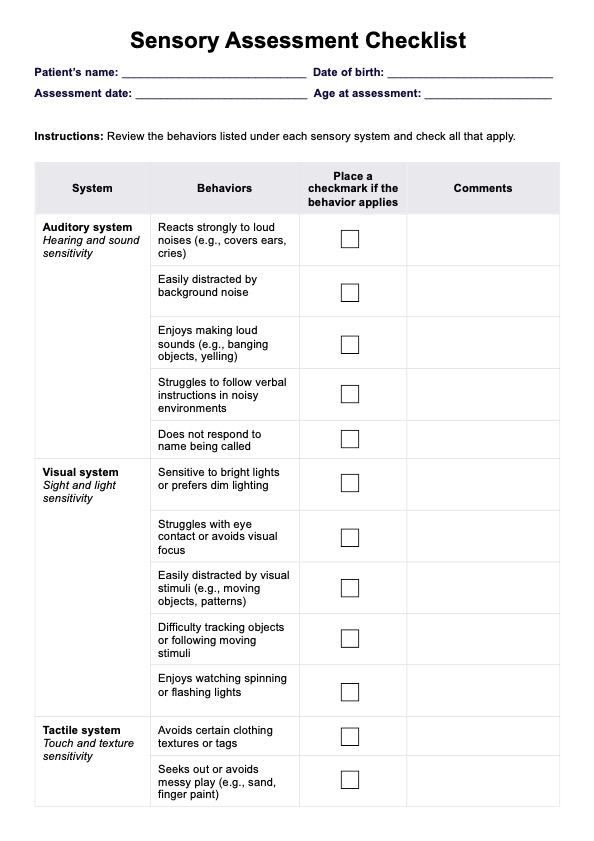
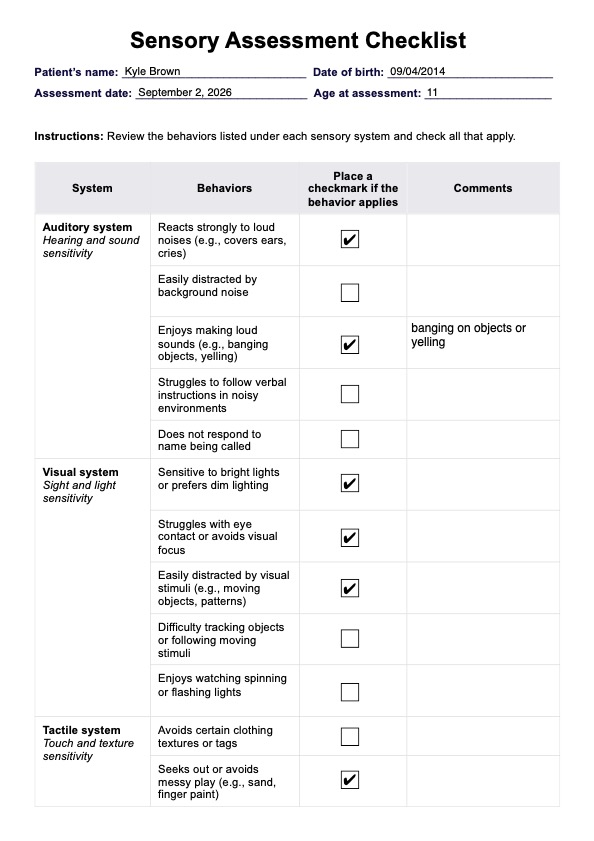
















-template.jpg)




















































































